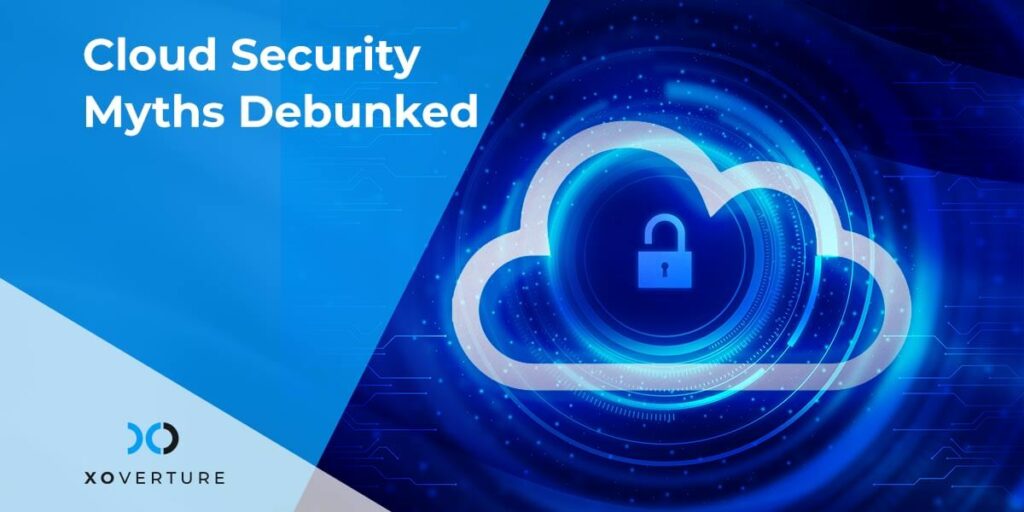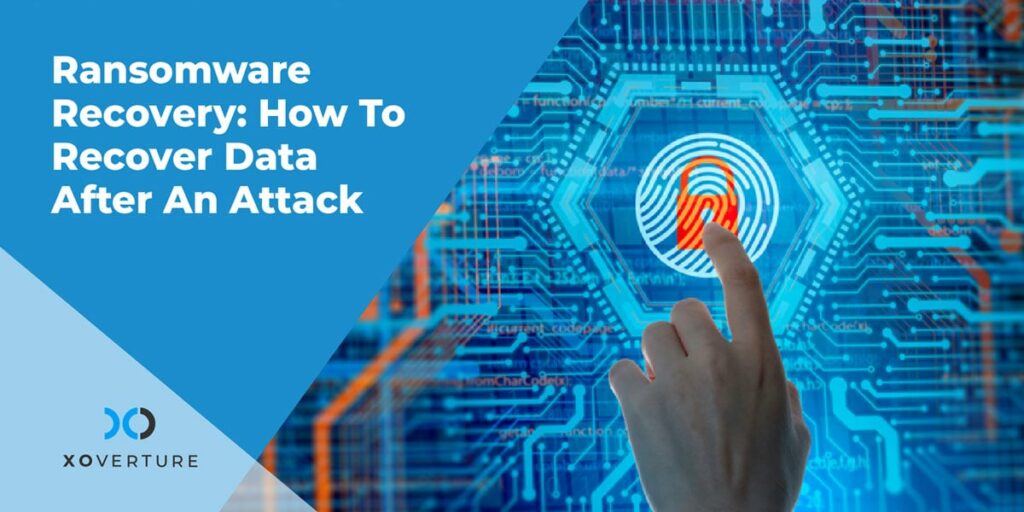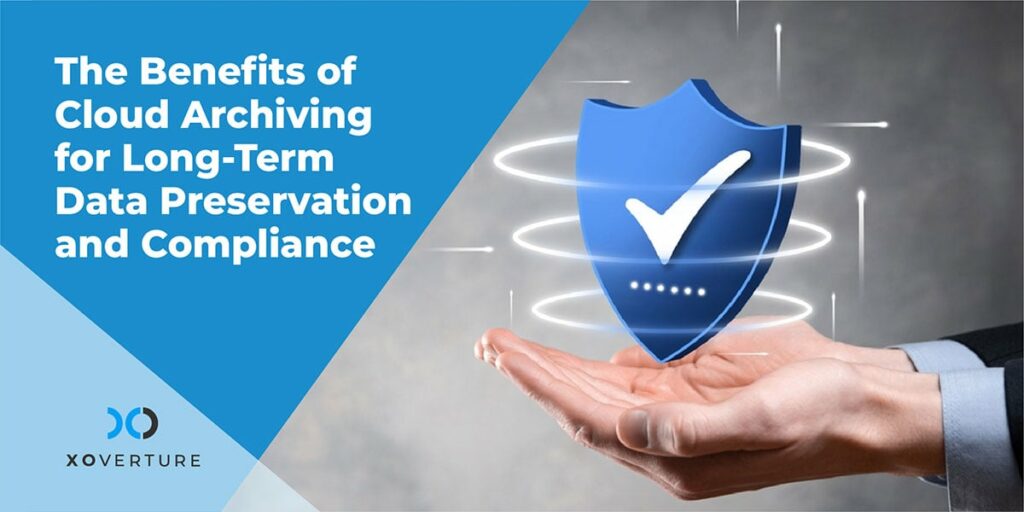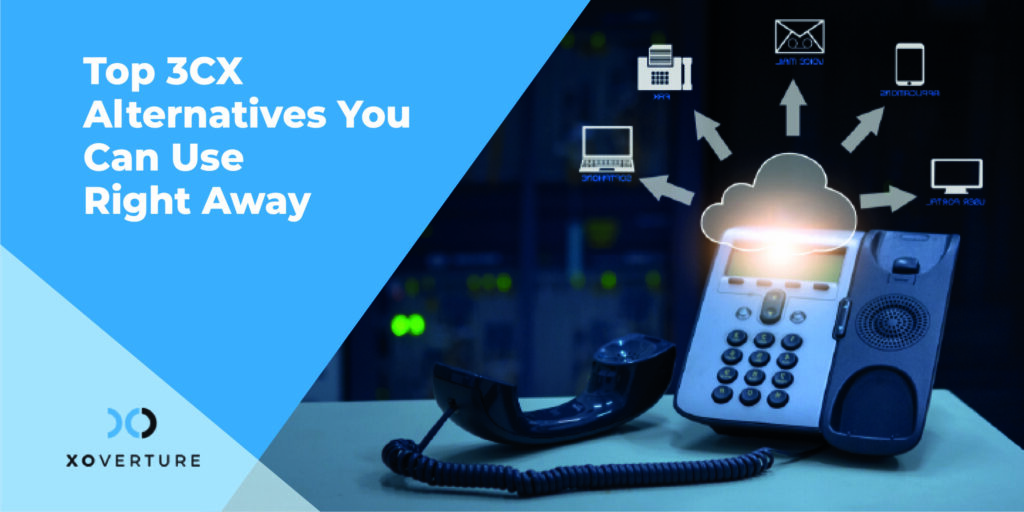Cloud-based security is necessary for many organizations to expand their online presence and accumulate more sensitive information. However, the technology is still fairly new, and it faces considerable skepticism from critics. Some false myths have emerged as a result. It’s time to debunk these myths and clear the air about cloud security.
1) It’s Too New to Be Trustworthy
The most common misconception about cloud security is that the technology is a recent phenomenon. People are less likely to trust a system without a long track record, so they remain skeptical.
However, the origins of cloud technology go back to the 1950s. At bottom the cloud is just about using running workloads on another computer via a network. This is how computing started, with user terminals connecting to a centralized mainframe.
Computing became more decentralized as more powerful personal computers were developed in the 1980s and 1990s. But then it returned to being centralized again in the 2000s as high-speed networking and technologies like virtualization made the cloud possible.
Cloud computing has the chance to shine and expand to other unique applications now that technology is more advanced and plays a greater role in people’s personal and professional lives.
2) Data Is Less Secure
Many people believe their information is less secure on the cloud because a third-party provider monitors it. They think anyone can access their information from anywhere. This myth is a simple misunderstanding. Only those with credentials can access the data on a public cloud — it’s not out in the ether for everyone to see.
Additional factors make the cloud more secure than other methods. First of all, cloud providers do most of the monitoring and adjusting for their clients. They can be helped in this process, but it’s comforting to have experts in cybersecurity watching the system than putting all the pressure on an in-house IT department. It’s easier to store and share data as a result.
Cloud-based systems also create firewalls around all networks, preventing internal threats from getting out and external threats from getting in. The firewall stops dangers from expanding if an internal network is compromised. Other systems only have external firewalls that don’t contain things like a cloud system can. If something gets inside, the whole system can be contaminated.
Additionally, a cloud-based system isn’t prone to physical threats, like natural disasters and break-ins. Everything is stored in a virtual data center, so people don’t need to worry about losing their data to some freak accident.
3) Businesses Can Ignore BYOD
BYOD (bring your own device) is of the reasons cloud security is gaining popularity. Many people have switched to remote and hybrid positions in recent years, and BYOD is vital to the success of many organizations. With that in mind, the myth that companies can ignore BYOD and stick with in-house computers is false and only holds them back.
Those who believe this myth think that BYOD creates more opportunities for security breaches, but that’s not necessarily true. When employees use devices connected to the cloud, user error is often the largest cause of data loss, but using personal devices can actually cut down on user error. Instead of rejecting BYOD, consider monitoring computers and implementing security solutions to make the greatest difference in your system’s security.
4) People Don’t Know How Providers Use Their Data
The simple solution to this problem is incorporating audit logs. These logs monitor all activity within the system, including the provider. The audits identify the who, where and when, but it’s the company’s responsibility to determine the why. Businesses can also create a thorough background check process to ensure everyone who accesses the cloud is trustworthy.
5) Only Cloud Providers Can Manage It
Many organizations that switch to a cloud-based system believe providers will do all the managing for them. They undeniably do most of the heavy lifting, but the myth that they do everything is not true. Companies may still need to monitor the system on their end.
Businesses should create a comprehensive cybersecurity training program for their staff. They should be educated on the various internal and external threats. Companies can set up firewalls, antiviruses and other digital security measures at their convenience, as long as they don’t interfere with the provider’s services.
Companies can play a significant role in managing their cloud system in conjunction with their provider, from basic practices like multifactor authentication and complex passwords to periodic changes in compliance policies.
6) Cloud Security Is a Product or Service
People often think of cloud security the same way as traditional security devices like cameras, lights and motion sensors. They consider it just another product, but there’s one problem with this misconception. Cloud security isn’t a fixed system with one specific role. Instead, it’s an ever-evolving process with changing capabilities.
Cloud security systems undergo constant changes. New users, upgraded firewalls, periodic audits, changes in company procedures and policies, updated credentials and more will contribute to their development. It’s not a usual in-house security system — it’s stronger and more adaptable.
Cloud Security — More Than Just a Service
Healthy skepticism is understandable for any new technology, but cloud computing isn’t new. It’s been developing hand-in-hand with computers since the 1950s and has been available for decades. The myths that cloud security provides insufficient protection, lacks transparency and is a fixed system are false.
Cloud security is more than just another product or service. It always has the potential for growth. Rather than installing the software and letting it run, companies and providers must collaborate to analyze and optimize it over time.




